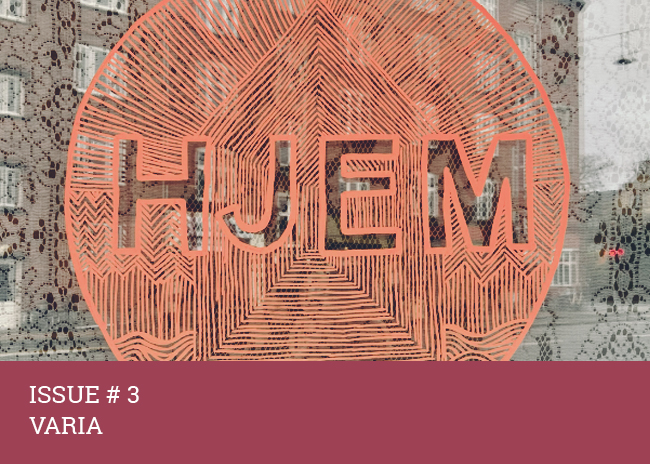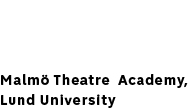
The third issue of Matter contains a collection of articles describing and illustrating different aspects of theatre and performing arts. Dramaturg and curator Tanja Hylling Diers’ article discusses how a place can develop into something meaningful and authentic in contrast to the impersonal in society and many art institutions. Taking her project Hjem – an art space for locals and artists to meet and make together as her example, she argues that a home is not just a physical place but an ever-changing web of relationships. Diers reflects on the ethics and care of a project where both the artist and the participants are affected and engaged, and the article concludes with thoughts on the future, the importance of sustainability and how the community can become more participatory.
In his text, playwright and director Jörgen Dahlqvist discusses how time can be used as a dramaturgical tool in playwriting. He draws on historical and contemporary examples where the structure of time is challenged to portray existential and societal issues. Dahlqvist analyses his play Trädgårdsgatan, depicting three generations of women and their living conditions over fifty years. By weaving together different time layers and allowing characters to meet over time, the play becomes a place for reflection on choices, heritage and social change. Dahlqvist demonstrates how form and content become inseparable, allowing the audience to experience the flux of time.
Costume designer Charlotte Østergaard describes the ethical dilemmas that emerge when people are invited to wear interconnected costumes in urban environments. She reflects on her responsibilities as a researcher and how she creates situations where participants feel safe to explore their own and others’ boundaries. The article emphasises that her research is about learning, listening and reflecting on how far we can reach out to others without overstepping our boundaries. Through active participation, she blurs the roles between researcher and co-creator to learn together with the participants.
The theatremakers Jörgen Dahlqvist and Fredrik Haller introduce the conversational theatre, an interactive theatre format that engages audiences in dialogue about societal challenges. The format was developed with Dramaten, Institute for Futures Studies, and Malmö Theatre Academy. The format seeks to turn the theatre into a collective reflection and discussion arena. In this approach, the line between audience and stage is blurred, allowing the audience to be heard.
Playwright Vanja Hamidi Isacson presents her research on composing stage texts with several languages and found material. Central to her work is polyvocality, in which different languages, dialects and social voices can coexist in a single piece. She also uses found material, such as pre-existing texts, documents and sounds, which are reused and placed in new artistic contexts. Hamidi Isacson emphasises the importance of allowing linguistic diversity to shape the performing arts as a living, dynamic entity.
Download issue#3 (pdf)

Table of contents
A Place to Call Home
By Tanja Hylling Diers
Strategies for Temporal Layering in Dramatic Writing
By Jörgen Dahlqvist
Ethical dilemmas of stretching towards human others in costume fitting situations
By Charlotte Østergaard
The Conversational Theatre: An Introduction
By Jörgen Dahlqvist & Fredrik Haller
Composing Polyvocal Stage Text: An Introduction
By Vanja Hamidi Isacson
Copyright © 2025 the Authors
Cover photo by Tanja Hylling Diers
Graphic design by Jörgen Dahlqvist
Malmö Theatre Academy
ISSN 3035-9503

